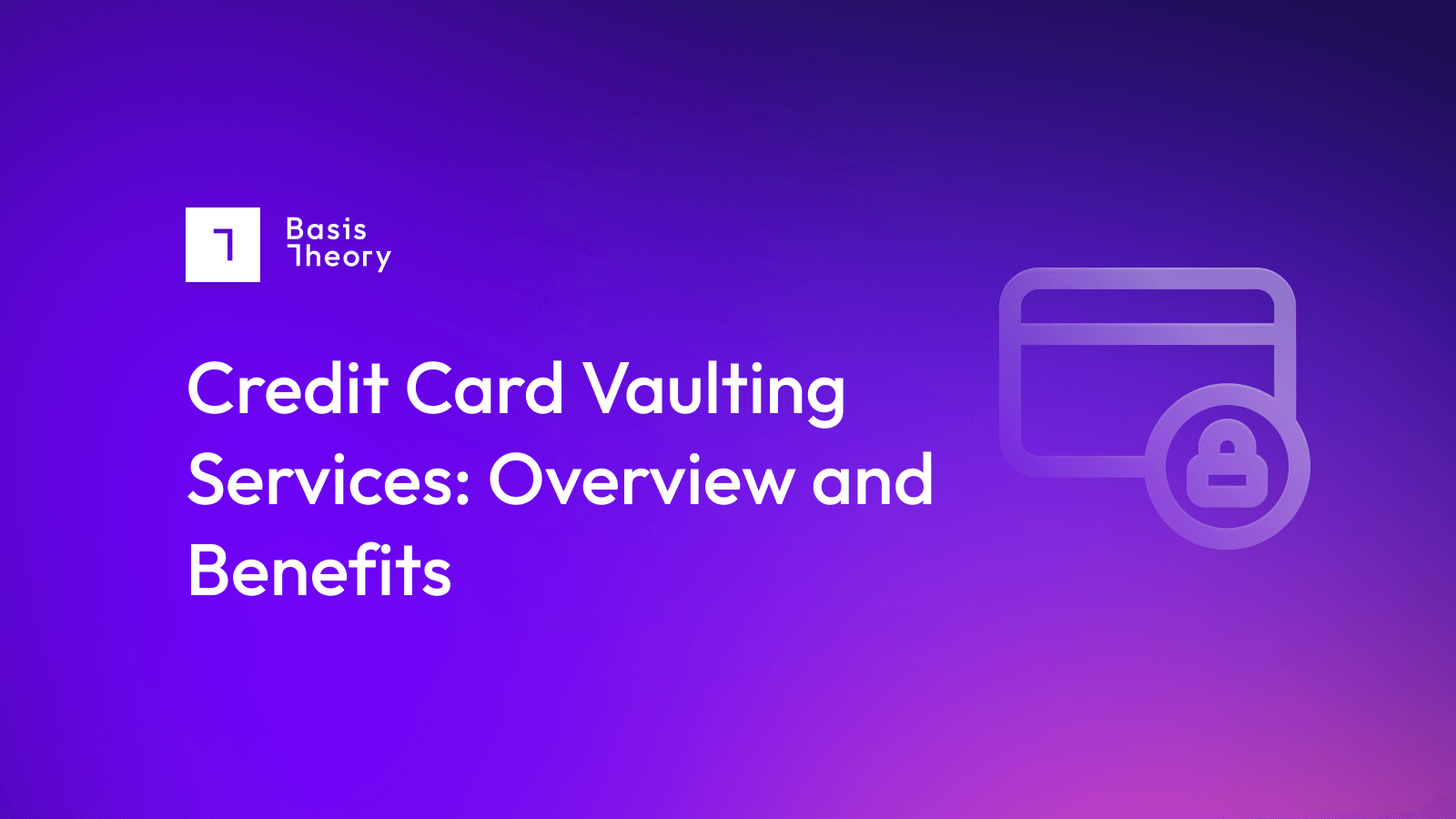Embedded Payments: Taking Control of the Checkout

There are times when it makes sense to buy the three-car garage house—and other times where the two-stall garage makes more sense because a third stall could be added later.
Embedded payments are that third stall.
Today, rather than being skittish about sharing payment information, consumers are more impatient and easily irritated by slow purchasing experiences. That’s why merchants or Vertical Software-as-a-Service (VSaaS) platforms will embed payment functionality into their offering to create their own B2B and B2C payment experiences. It’s also the catalyst for merchants to expand subscription payments, store payment information, and do more with payment data.
What are embedded payments?
Embedded payments are financial transactions integrated into a website, app, or platform that allow a user to pay without leaving the site or app.
Today, more than 80% of vertical SaaS platforms either offer embedded payments or have plans to do so. The shift to programmable infrastructure and unbundling from all-in-one, full-service payment service providers (PSPs) comes as platforms face increased pressure to find new revenue streams. Platforms like Mindbody, Toast, Shopify, and Jobber generate anywhere from 30-70% of their revenue from payments alone.
Why?
- Platforms can earn anywhere from 20-50 basis points (bps) on each transaction.
- Churn is reduced with native payment experiences that create seamless checkouts.
- Pricing, fees, and monetization strategies lead to higher margins.
- By retaining payment data, the platform can retry failed payments, route transactions to the appropriate PSP, and derive spending insights that were once lost to their full-service PSP.
One of the most well-known examples of an embedded payments provider is Shopify, a platform that manages customers and makes it easy for business owners to opt into a shared—and embedded—payment system. This eliminates the need for each merchant to integrate payment service providers into their operations, or even collect customers’ financial data.
Who offers embedded payments?
Broadly speaking, there are two players involved in providing and contracting for embedded payment services.
- Platforms offer embedded payment services. They may offer a directly-related service (the obvious example being a marketplace like Etsy) or they may offer a more indirectly related service (an accounting software provider, for instance, may offer embedded payments services to improve bill payments efficiencies.)
- Merchants use platform-provided embedded payments services to accelerate and expand their offerings to their end-customers, partners, and vendors.
End customers, and others who transact business with merchants, interact with the platform’s embedded payment system, which delivers a simplified and more user-friendly experience.
How Platforms Can Embed Payments
Platform providers recognize that providing embedded payment services is a business opportunity in a technological environment where simplicity is increasingly favored over unit economics, and the distinction between capital and operating expenses has blurred. For providers who are straining to add extra features and capabilities that their customers are willing to pay for, a service with a value-added markup attached can be a new source of revenue.
More importantly, platform-based embedded payments can represent a significant shortcut to going live for merchants with limited resources to build a payment system. For instance, a merchant on a shared commerce site like Shopify barely has to touch the payments end of their business.
It can seem cheaper to use the embedded payments service, because those who opt out are required to pay a surcharge for bypassing the provided capabilities (though in truth, those fees expose the margins the platform is enjoying from being the payment services provider of choice.)
Before jumping into an implementation, product and engineering teams need to answer these core questions:
- Who owns the payments experience, the platform or the merchant?
- How much control do you need over payment routing, retries, and fees?
- Are you looking at long-term ownership and becoming a payment facilitator?
Powering Embedded Payments with Hosted Fields or iFrames
Iframe swapping and hosted payment pages are ideal for platforms looking to launch quickly with minimal PCI scope and liability.
Pros:
- Speeds up the time to market.
- PSP or vendor handles nearly all of the compliance processes.
- Great for platforms just starting with payments.
Cons
- Limited control over branding and UX.
- Portability and orchestration is restricted.
- Difficult to scale, switch between PSPs, or expand globally.
Programmable Vault with API Integration
A programmable payment vault can tokenize card data and route transactions to multiple PSPs. This method of embedding payments allows the platform to abstract the data layer from processors.
Pros:
- Total control over UX and orchestration logic.
- PSP agnostic, with the ability to route to multiple processors.
- The platform owns data.
- PCI scope is lowered compared to managing the vault in-house.
Cons:
- Implementation timeline is extended.
- Some fraud and compliance scope needs to be handled by the platform.
A best practice is to start with vault-based tokenization and a single PSP, then grow into a multi-PSP or payment facilitator model as volumes scale.
Becoming a Payment Facilitator
With this model, the platform becomes the merchant of record, handling sub-merchants onboarding and transaction flows.
Becoming a payment facilitator generates the highest payment margins and offers complete control, but comes with heavier compliance burdens and requires KYC/KYC infrastructure.
The Future of Payments is Programmable
Regardless of which method is chosen, there are foundational best practices for embedding payments successfully:
- Start with PCI-scope reducing infrastructure.
- Prioritize the user experience.
- Own the payment data.
Imagine a VSaaS platform delivering $100 million in services to a thousand customers. And each of those customers sells $10 million worth of products and services to their customers.
If the VSaaS provider can have those customers’ fees flow through their systems, that’s $10 billion worth of throughput—even one-half of one percent (50 basis points) of margin would work out to $500 million in potential new net revenue.
Meanwhile, the VSaaS provider chooses how to recognize this revenue, emphasizing their business plan needs:
- Recognizing the $10 billion as revenue, with a .5% profit, vastly improves the top-line number while reducing overall margins.
- Recognizing only the fees collected (likely in the 3% range, so $300 million) results in a higher margin number (assuming the same 50 basis points, that’s a 17% total margin— and given that average net margins for SAAS range from 10-30% may help bolster the company’s margin story.)
Platforms are learning the lesson clearly taught by existing payment service providers: middlemen get a cut, and the more straightforward it looks, the more that can be charged.
Once a VSaaS platform establishes an expected clear revenue stream—let’s say the 3% from the last example—the platform can work to add additional fees (e.g., from currency conversions or cross-border fees) while carefully reducing its own costs.
Costs can be contained through strategies like:
- Adding overseas payment gateways avoids the cross-border fees charged to customers (albeit with the need to set up and maintain carefully monitored treasury functions.)
- Ensuring that lower-cost transactions (such as those paid for with debit cards) are routed to gateways that charge low, federally-mandated fees, while charging customers the same flat fee.
- Ensuring that higher-cost transactions (such as those paid for with AmEx cards) are delivered to gateways that will charge a lower fee, such as the full-service PSPs.
- Uncovering, offering, and promoting alternative payment methods that charge lower back-end fees while maintaining their customers’ flat fee schedule.
For platforms charging flat fees (often in the 2.9% + $0.30 range), every few basis points they can knock off their own costs can have a profound impact. In the example above, 50 basis points on $10 billion delivered $500 million in margin—every 10 basis points of cost that can be removed can deliver millions more.
Of course, operating the payment system has costs associated with it. Still, with these numbers, once the platform reaches a point of scale, the incremental costs of innovating at the back end are essentially de minimis.
Merchants can also gain all the advantages that a platform provider can gain from optimizing their payments system. Building a multi-PSP system that intelligently assigns transactions to the lowest-cost processing provider is a vital strategy for businesses seeking higher-margin growth.
Maintaining PCI-DSS compliance is key to building these systems, an often onerous task for protecting customer data and strengthening relationships with the financial ecosystem. For this reason, merchants are investing in programmable payment vaults: services that securely collect and store customer data—while making it available to the merchant for delivery to the processing gateway of their choice.
These vaults reduce the cost of maintaining compliance, limit the risk of data leaks, and increase the flexibility to choose downstream providers—while having no vested interest in any particular PSP or gateway.
Build now, plan for later. Start with our developer documentation or talk to our team for a personalized demo with your use case.
.png?width=365&height=122&name=BTLogo%20(1).png)



